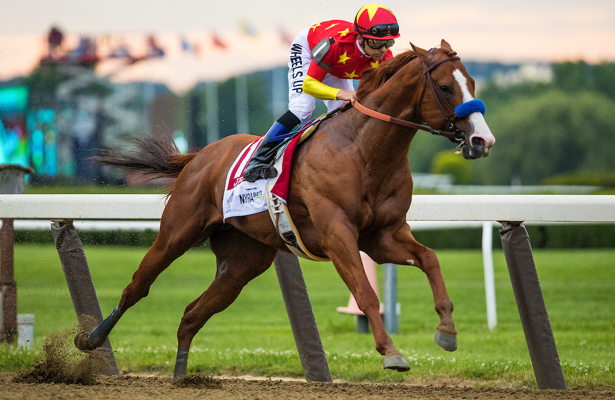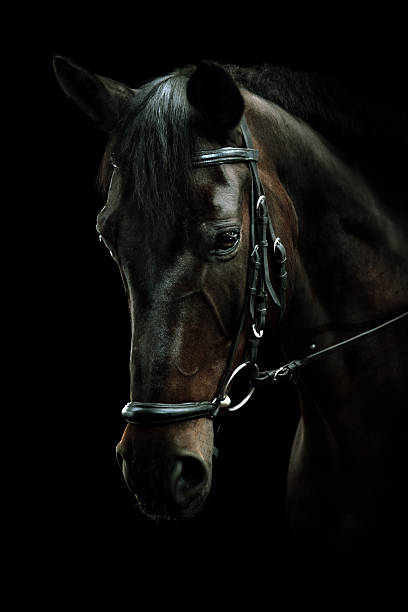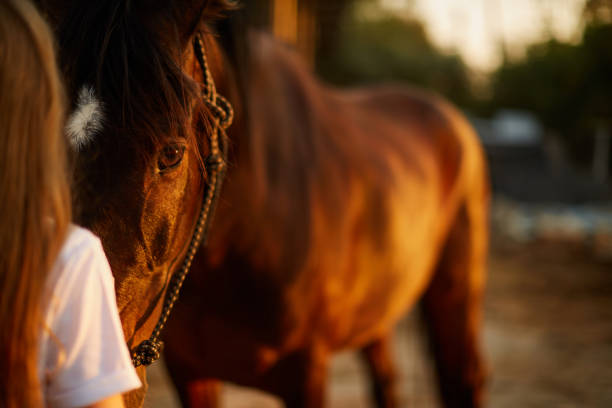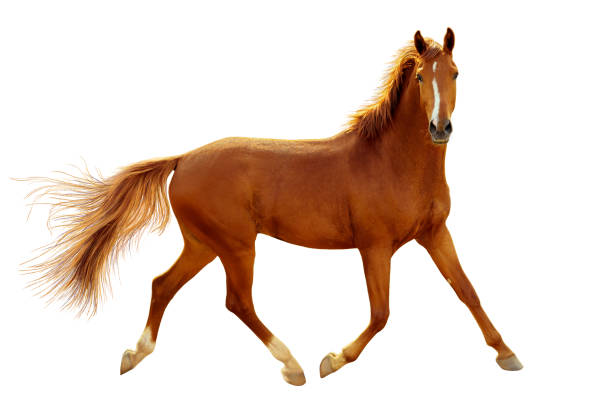
There is no stopping the popularity of betting exchanges. Whilst some are floundering and finding it hard to attract new punters, others are merging, and some are soaring ahead.
From 2-Jun to 9-Jun, which includes Derby day, £21,390,000 was traded on horse racing at Betfair alone.
Betfair are a real success story. But how much more can they grow? Will they be hit by new government regulations which the Jockey Club are calling for? Will they have to change their operation to prevent betting fraud of which the opportunity to commit is great?
Betting Exchange Fraud
In the next few weeks a couple of BBC television programmes will ‘send shockwaves’ through the racing industry. Kenyon Confronts, and Panorama are two programmes which claim to expose wrong doings in racing.
Everyone knows that trainers use some legitimate tactics, such as running over the wrong trip or going, to manipulate handicap ratings – BBC, tell us something we don’t already know. But if there is evidence of connections actively laying their horses on betting exchanges then this is wrong and something has to be done.
Laying your own horse on a betting exchange, knowing full well that it can not win, is like a second hand card dealer selling a duff vehicle with a forged MOT. Polish it up to make it look attractive, put sand in the engine to hide knocking, offer it at a bargain price, sucker someone into buying it.
What would be even more worrying is tipsters with strong connections with yards. Some tipsters are behind a few trainers. They control the yards. They provide the funds to buy horses and run syndicates. Wouldn’t it be treacherous if tipsters were to hype up a horse all week and then lay it in a big race on a Saturday?
There are a few recent examples of horses who have possibly been tipped to win, but had no chance of winning. They are easy to spot:
- A small card with races which are attracting about £20-£30,000 in exchanged trades.
- Later in the card there is a small nondescript seller or maiden which has attracted £150,000.
- From early on in the day, layers are queuing up to offer money for the horse.
Like that corny line in a Thriller movie “They were waiting for us Johnny”, the layers here are waiting ready to take some sucker bets.
We spoke to the Jockey Club about this and basically they are saying “there is nothing that we can do about it”
John Maxse Public Relations Director:
“The fact is that the regulation of betting exchanges, and betting in general, is beyond the jurisdiction of the Jockey Club. We have no authority over either bookmakers or companies offering one to one betting exchanges.”
“In our submission to the Government’s Gambling Review we pressed Alan Budd’s team to recommend the implementation of a Gambling Commission to regulate all forms of betting in Britain. This is one of the key recommendations of the Budd Report and we are now urging government to act.”
What are the Betting Exchanges doing about it?
Not much at the moment it seems. Some do offer rigorous identification processes but others do not.
It is quite possible too that dodgy layers are utilising accounts of friends and family to hide their tracks. But any sensible security team will be able to spot a scam a mile off even if the account holder is upstanding member of the community – Aunt Gladys.
Every betting transaction on a website is logged. The amount wagered, time of day, type of race etc. is logged. It doesn’t take a genius to write a small program to identify discrepancies in betting patterns. Bookies use such programs to try and spot winning coups. Betting Exchanges should be using them to identify laying coups.
But everytime a possible scam is mentioned, such as the doping of Ashgar, the betting exchanges are quick to report ‘no unusual betting patterns’. If they did uncover something would they say?
Rumours and allegations of scams are going to increase. Until such a time when betting exchanges give evidence that they can identify the crooks, and the racing authorities issue the most severest of penalties, punters are going to listen to Kenyon and falsely believe that ‘racing is institutionally bent.’
How corrupt is Horse Racing?
On only a handful of occasions is it found that a horse has taken a banned substance. And only a few dozen horses each year are found guilty of non-trying.
In 1999 (the latest year in which the Jockey Club provide figures) only 29 horses fell foul of the ‘non trier rule’.
Contrast this with the more than 70,000 of runners in a year and you will see that the amount of crookedness (in the case of dropping hands, stupidity) is tiny.
Some punters would rather blame someone else for their own failings as a gambler. Rather than find fault in their own calculations, they prefer to accuse jockeys of pulling, trainers of issuing the wrong instructions, and the stewards of being inebriated.
Horse racing has enough natural inconsistency without the need for crookedness and incompetence. On rare occasions horses are chased by dogs or jump shadows across the track. In some cases horses can burn up a lot of nervous energy waiting in the stalls for their comrades to load. Horses, and Jockeys are not machines and can have off days.
But more often than not horses lose when they are expected to win, or win after losing badly previously, because they are just not suited to todays race.
The distance may well be wrong (even if the trainer knows it or not), the going report may be inaccurate. The pace may not be to a horses usual winning style. The list is endless.
If the BBC programmes reveal hard evidence of serious wrong doings, and that information is acted on, then swift action by the authorities will be good for the sport. If the programmes are just full of hearsay, dressed up in sensationalist reporting then they will be as revealing, and as intellectually stimulating, as finding out Peggy Mitchell is Frank Butchers long lost sister in Eastenders.
There is one answer to wiping out laying corruption and price manipulation – a Tote monopoly. It is too bad the racing authorities do not have the power to implement this.






